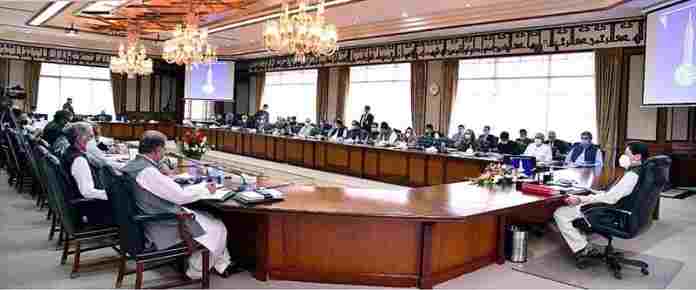Rapid Aging Trends and Labor Dynamics: Insights for Pakistan’s Future
By Newztodays Team
Rapid aging trends are evident globally, with countries like Singapore, Thailand, and the Republic of Korea experiencing significant demographic shifts, while Pakistan, among others, anticipates a slower transition towards an aging population by 2050.
The pace of aging, gauged by the time taken for the proportion of older individuals to double from 10% to 20%, has been notably swift in certain regions, particularly with a focus on Pakistan.
According to a report issued by ADB, Singapore, for instance, has experienced this transition in 17 years, followed closely by Thailand in 18 years, and the Republic of Korea (ROK) in 19 years.
Among the 38 economies yet to reach the 20% threshold, 13 are projected to do so by 2050.
This transition is anticipated to occur in 13 years for Maldives, 16 years for Brunei Darussalam, and 21 years for Azerbaijan, Bhutan, and Palau. By 2050, 20 developing Asian economies will have surpassed the 20% mark, while 22 others will have proportions above 10%.
However, four economies, including Afghanistan, Pakistan, Solomon Islands, and Vanuatu, are expected to still have proportions below 10%.
Furthermore, in certain areas, the pace of demographic transition exceeds earlier estimations. Discrepancies between projected and actual transition durations made in 2000 are evident.
For instance, Hong Kong, China, was projected to take 36 years but experienced the transition in 32 years, a difference of 4 years.
Similarly, the Republic of Korea and Thailand saw transitions 3 years earlier than anticipated, while the People’s Republic of China (PRC) experienced a 2-year difference.
In terms of labor force participation, older women exhibit lower engagement compared to older men, a trend that persists from younger ages. Only 12 out of 34 economies report a participation rate above 50% for women aged 55–64.
Developing Asia averages a participation rate of 41.9%, considerably lower than the 56.1% rate in OECD countries.
Particularly in South Asia, participation rates among older women remain below 25.0% in India, Nepal, and Pakistan, with slightly higher rates around 28.6% in Bangladesh. ADB Approves $250M for Electricity Supply in Pakistan
Noteworthy drops in women’s labor force participation after the age of 65 are observed in the Caucasus and Central Asia, mirroring trends for men in the subregion.
Across developing Asia, overall labor force participation for older women stands at 15.3%, notably higher than the OECD average of 11.1%.
Over the past two decades, labor force participation has increased for older women but declined for older men across several economies.
Among men aged 55–64, participation decreased in 24 out of 34 economies, while the opposite trend is observed for women, with participation increasing in 24 economies.
Notable rises in participation among those aged 65 and over are seen in rapidly aging economies such as Hong Kong, China; Singapore; Sri Lanka; Taipei, China; and Vietnam.
However, significant diversity exists, with about a third of economies deviating from these trends for both genders.
The substantial variance in labor force participation underscores the unique dynamics of each economy, influenced by factors such as health, pensions, savings, and wages.
While improved health often correlates with increased participation, expanded pension schemes and higher savings from enhanced wages tend to reduce the necessity to work and, consequently, the participation rate.
Each economy experiences a distinct interplay of factors, shaping the decision to continue working or retire.
Additionally, labor force participation demonstrates a U-shaped relationship with economic development. At low levels of development, participation rates among older individuals are high.
However, as economies progress, participation tends to decline before rising again, particularly with higher development.
In several economies, agriculture remains the primary employer of older workers, contributing to widespread informality.
The share of older workers in agriculture tends to increase with age, with proportions exceeding 50% among individuals aged 60 and older in Bangladesh, Cambodia, Indonesia, Pakistan, and Vietnam.
Informal employment in farming often translates to limited pension coverage and the absence of a statutory retirement age.
Many farmworkers, including farm owners, continue working until late in life, often passing on farms to the next generation while still contributing during peak seasons.
The integration of financialization and digitalization presents significant opportunities for pension systems in Asia.
Technological innovations can address challenges related to contributions and pension disbursements in the informal sector, thereby promoting inclusivity, especially for older individuals in countries like Pakistan.
Biometric identification, for example, is increasingly utilized for pension transactions in various Asian countries, streamlining authentication processes and facilitating pension access for unbanked informal workers.
Notable examples include the use of biometric IDs in India’s pension systems, which have substantially reduced internal fraud and leakage.








